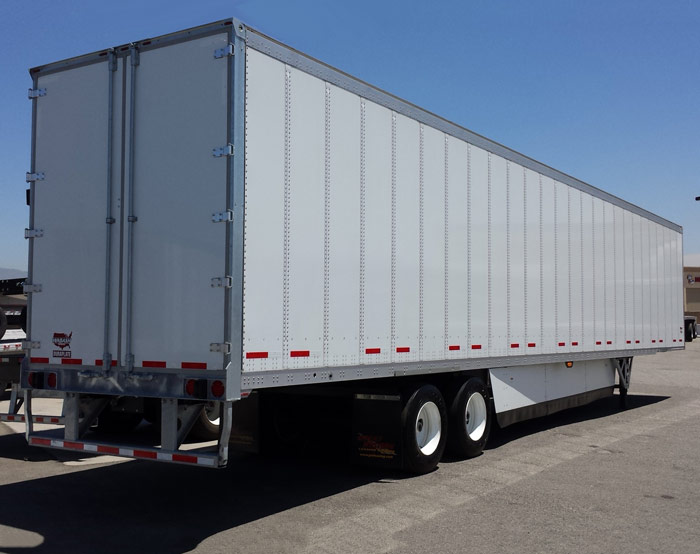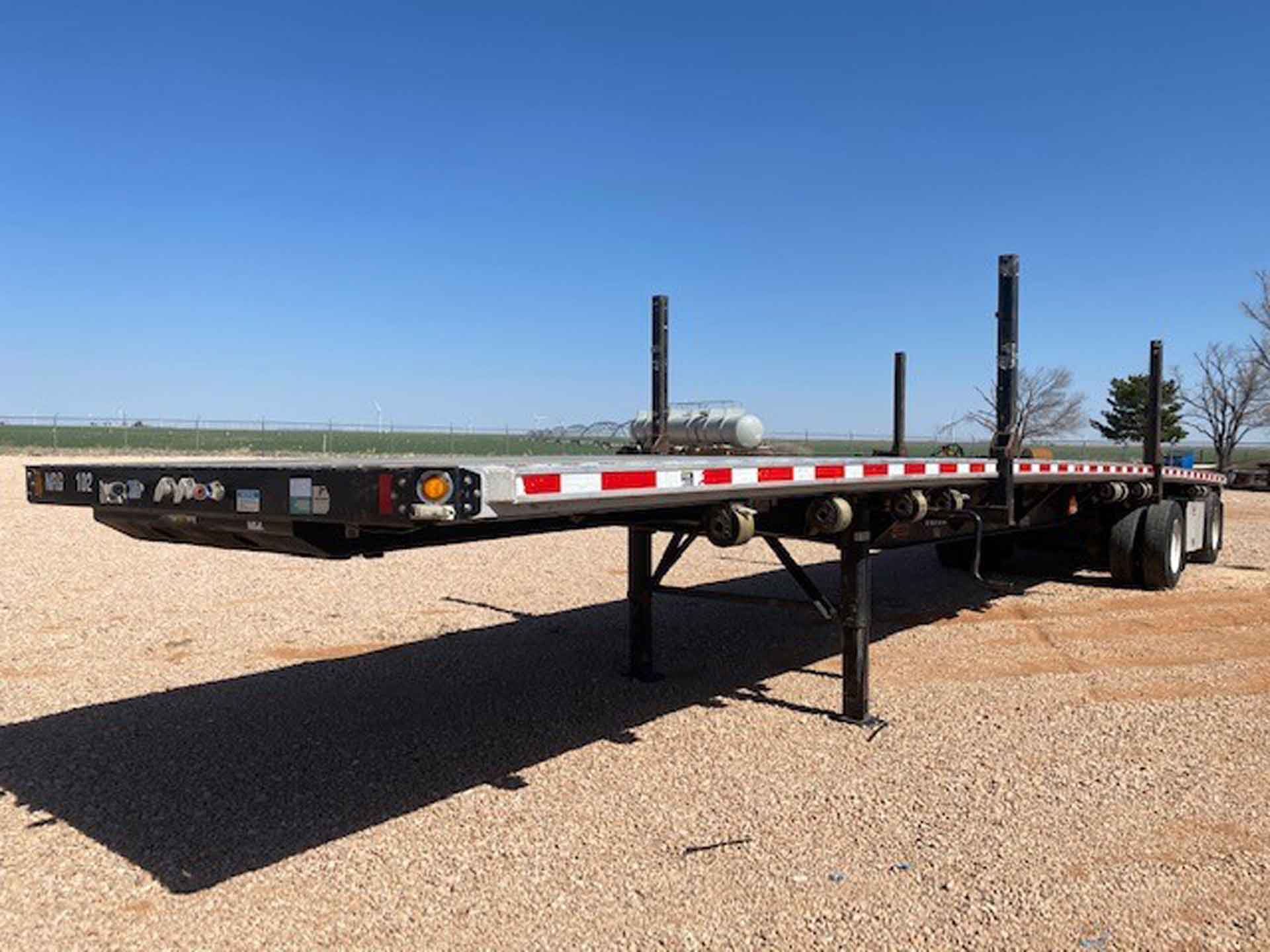Flatbed vs. Dry Van: Which is Better for Your Business?
When it comes to hauling freight, choosing the right trailer is critical for efficiency, cost, and cargo protection. Two of the most common trailer types are flatbed trailers and dry van trailers, each with unique advantages depending on the type of freight being transported.
So, which one is better for your business? Let’s compare flatbed vs. dry van trailers in terms of cargo type, protection, loading/unloading, cost, and best industry applications to help you make the right choice.
What Is a Dry Van Trailer?
A dry van trailer is a fully enclosed semi-trailer designed to transport palletized, boxed, or packaged goods. These trailers are most commonly used for general freight and consumer goods.

Advantages of Dry Van Trailers:
- Weather Protection – Enclosed design protects cargo from rain, snow, and wind.
- Security – Lockable doors help prevent theft.
- Versatile Use – Ideal for retail, food (non-perishable), and electronics.
- Easy Loading with Docks – Works well with loading bays at warehouses and distribution centers.
Best Uses for Dry Van Trailers:
- Retail goods (clothing, furniture, packaged food)
- Electronics and appliances
- Palatized goods (cases, boxes of items)
- Paper products and office supplies
- Automotive parts and machinery
What Is a Flatbed Trailer?
A flatbed trailer is an open-deck trailer with no walls or roof, allowing for easy side and top loading of oversized or irregular shaped cargo.

Advantages of Flatbed Trailers:
- Hauls Oversized & Heavy Cargo – Ideal for machinery, building materials, and industrial loads.
- Flexible Loading & Unloading – Freight can be loaded from the sides, rear, or top.
- No Dock Required – Flatbeds can be loaded and unloaded anywhere.
- Multiple Variations – Includes step decks, double drops, and extendable trailers for different cargo needs.
- More space for freight and higher maximum capacity and flatbed weight limit vs. a dry van.
Best Uses for Flatbed Trailers:
- Construction materials (lumber, steel, concrete)
- Agriculture: Hauling equipment and large harvests.
- Heavy equipment and machinery
- Vehicles and large industrial parts
- Pipes, poles, and oversized freight
<Check this guide to learn more>
Flatbed vs. Dry Van: Key Differences
| Feature | Dry Van Trailer | Flatbed Trailer |
| Cargo Type | Packaged goods, boxed items, consumer products | Oversized, heavy, irregularly shaped freight |
| Weather Protection | Fully enclosed, protected from elements | Exposed to weather; requires tarps for protection and straps to secure cargo |
| Security | Lockable trailer for theft prevention | Cargo is exposed; requires secure tie-downs |
| Loading & Unloading | Requires a loading dock | Can be loaded from sides, top, or rear |
| Best Industries | Retail, food distribution, general freight | Construction, agriculture, heavy equipment |
| Shipping Costs | Typically lower for standard freight | Higher due to specialized loads and equipment |
Both dry van and flatbed trailers serve important roles in the trucking and logistics industry. The best choice depends on your cargo type, loading needs, and protection requirements.
Still not sure which trailer is right for you? Contact us today! Visit the LOCATIONS tab on our website, www.greatwesterntrailer.com, to find the nearest location and speak with our experts.

